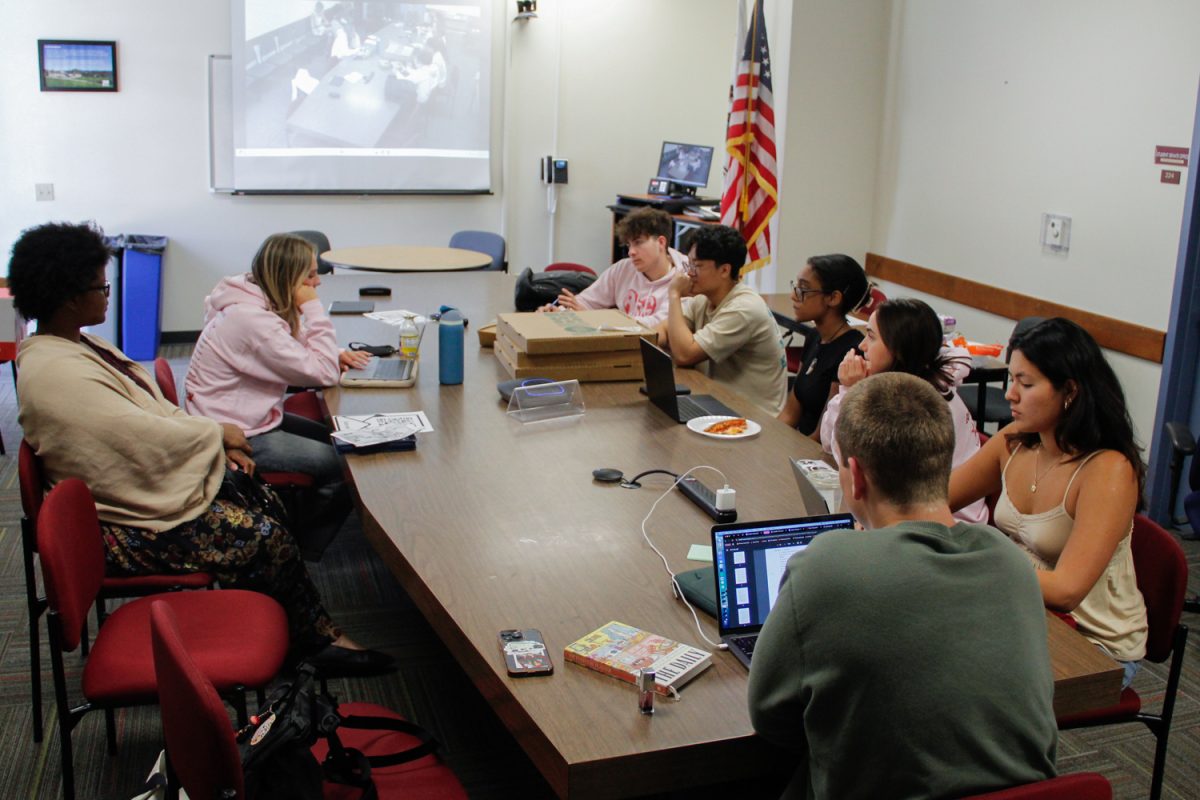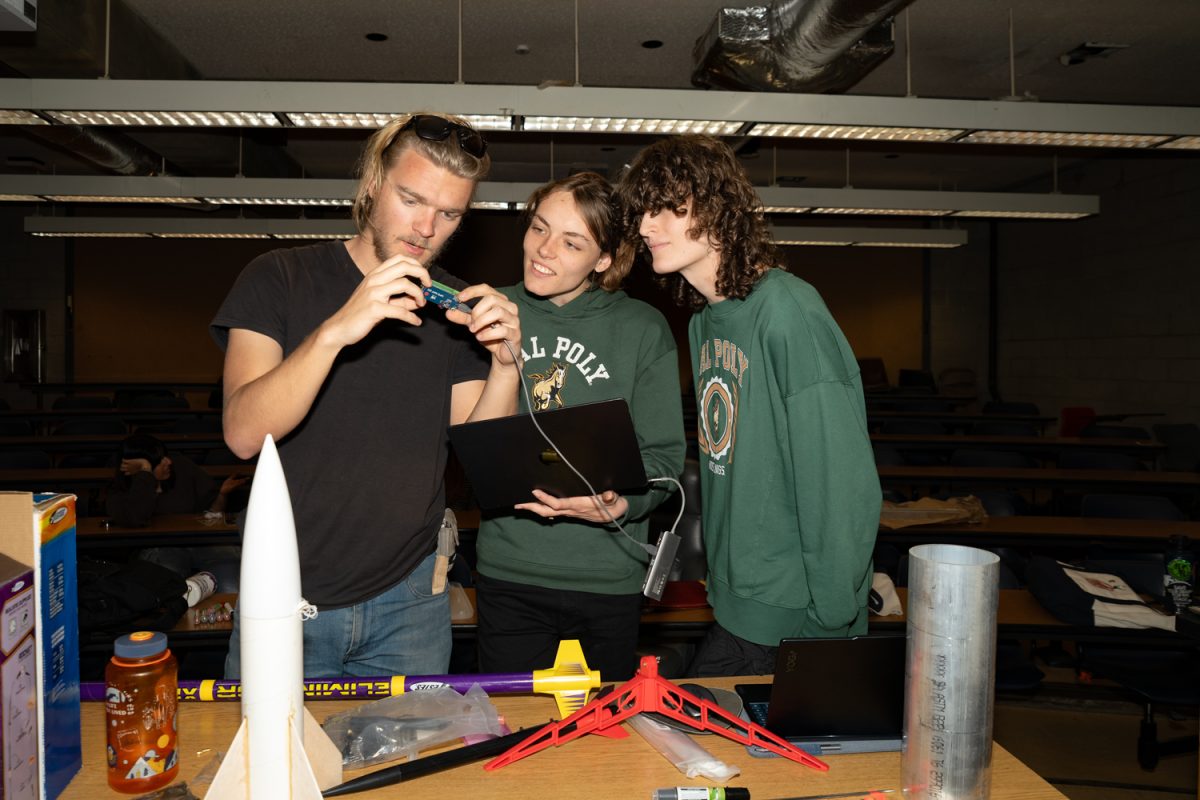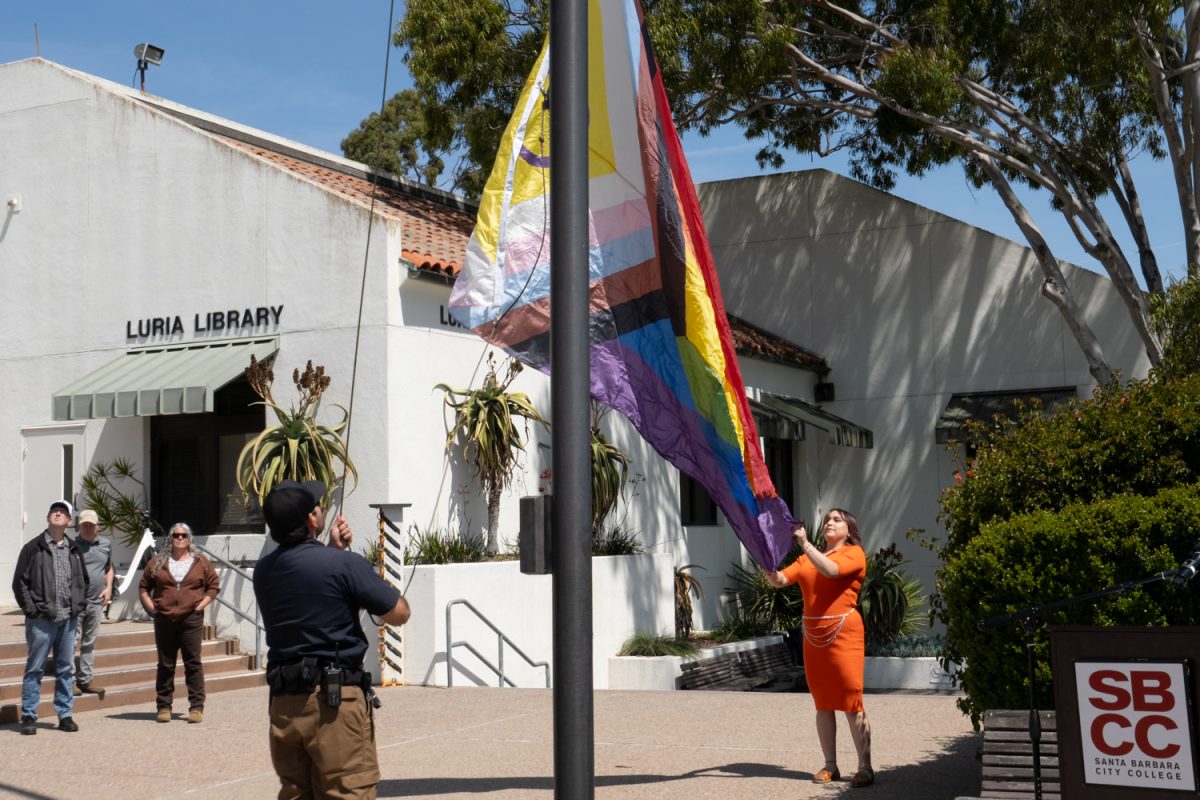Months of preparation have finally led to the opening night of the City College Theatre Group’s most recent play, “The Game’s Afoot,” and much of that work has taken place behind the scenes.
The show will be opening at City College’s Garvin Theatre and will be running from October 12-27. The play takes place in an isolated castle during a cold December in 1936.
Broadway star William Gillette, star of the play “Sherlock Holmes,” invites cast members to his Connecticut home, but the festivities quickly turn deadly when a guest is stabbed. Gillette then must assume the role of Holmes once more and find the answer to the age-old question of “whodunnit?”
While the actors have been hard at work to bring various eccentric characters to life, teams of people have been busy behind the scenes, readying sets and costumes for opening night.
William Gillette was a real person, not just a character in a play. A playwright himself, Gillette portrayed Sherlock Holmes and owned his own castle.
Katie Laris, director of the play, found that the original castle was “incredibly excessive and expensive.” The set was a collaborative process, taking pieces from the director’s vision, the playwright’s, who didn’t like Gillette’s castle and preferred an art deco approach, and research done by the scenic designer, Patricia Frank.
Frank took all of these things into consideration when considering how to create the version of the castle present in this production.
She enjoys working on sets that can be designed cleverly, and “The Game’s Afoot” is no exception. “I’m a big Tetris fan,” she said.
The story starts with a play within a play, and the scenic designers had to figure out the transition from a stage (occurring on stage) and a castle. They decided to have the set move, allowing them to use the space to its full advantage.
Laris wanted the set to look expensive, with lots of details “that are quite lovely.” These include stained glass windows, which also help hide the snowstorm that is raging on in the background.
To finish setting the scene, the costume designers were hard at work to create fitting attire.
Although Laris and Pamela Shaw, director of costume and make-up, were hesitant about revealing any potential spoilers, both said that there were a few props that needed to be specially rigged in accordance to the costumes.
“The costume shop even had to make several models of one dress,” Laris said
As for the costume design, many of the characters are very wealthy and, since they are actors, Shaw said that that “automatically puts us into over the top.”
Shaw said that it was all about character types, and the actors are not shy about displaying their wealths.
Much like with the scenic design, there are several things to take into consideration when designing clothing.
The outfits have to make sense for the characters, the time periods and weather, and they have to be durable. Shaw said that costume design in the theater world is couturier, and that unlike with film, there is no opportunity to pause the scene.
“Nothing should get in between the character and the audience,” Shaw said. “Nothing should get in between the show and the audience.”Tickets can be purchased online and at City College’s box office, which can be reached at (805) 965-5935. Prices range from $10-26.


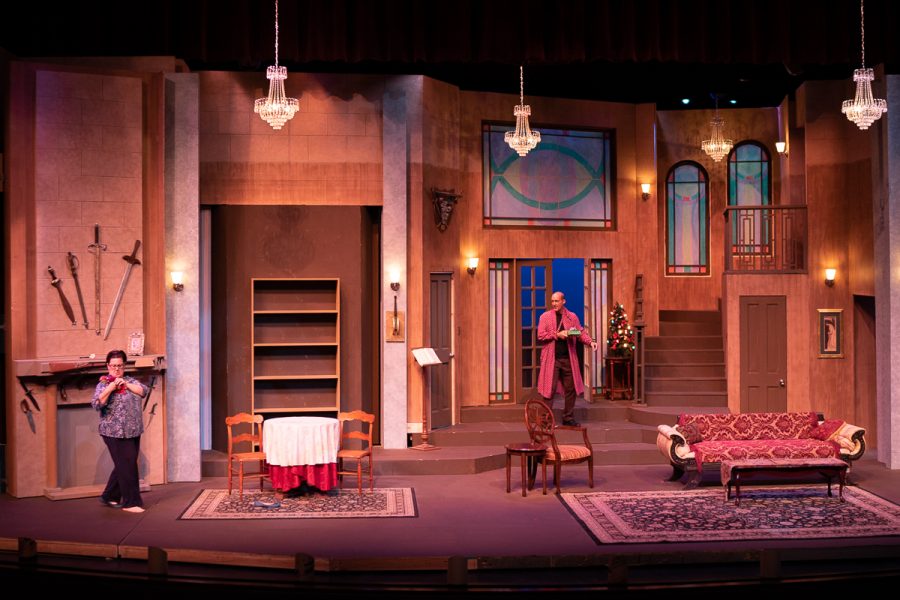
![Malia Hubbard admires the ceramic pieces created by students in Art 150, "Fundamentals of Ceramics" on April 10 in Santa Barbara, Calif. "I think [the gallery] is absolutely fabulous," Hubbard said. "Being able to see students work [is] so amazing."](https://www.thechannels.org/wp-content/uploads/2025/04/MGSStudentShow-1-1200x800.jpg)




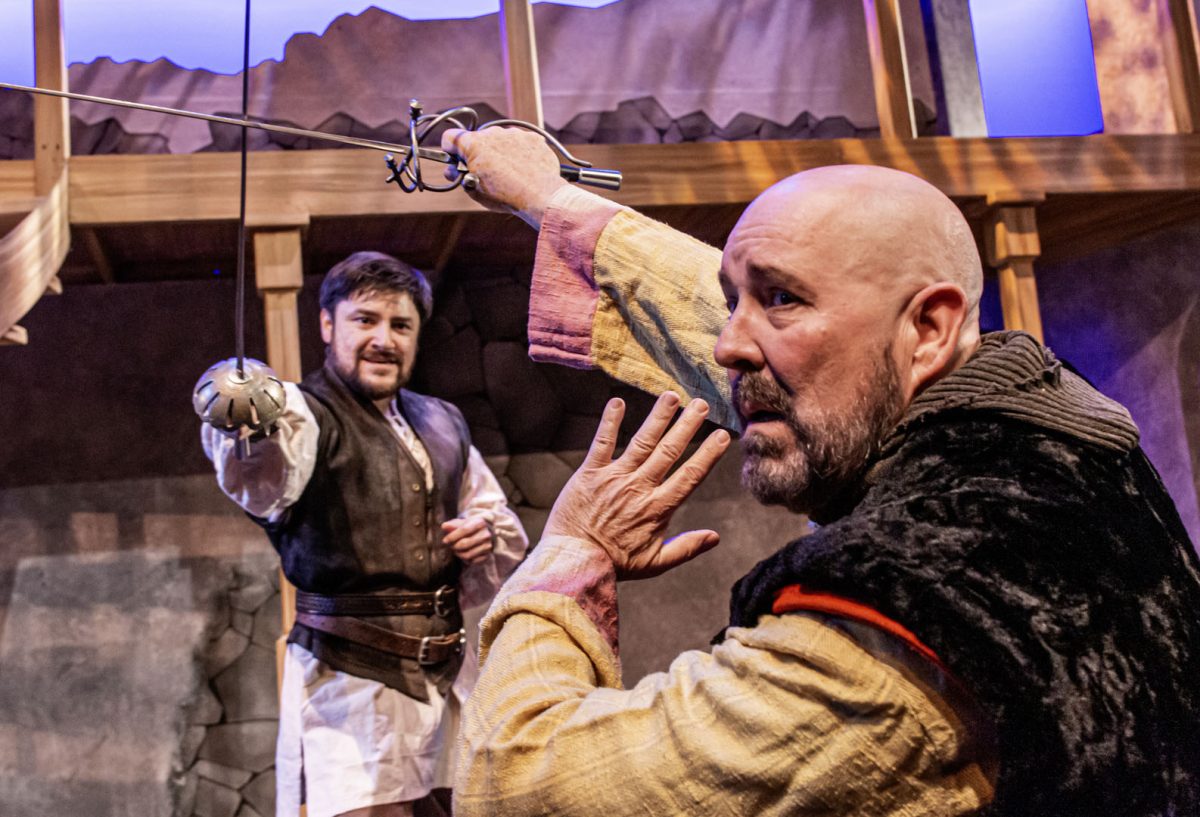

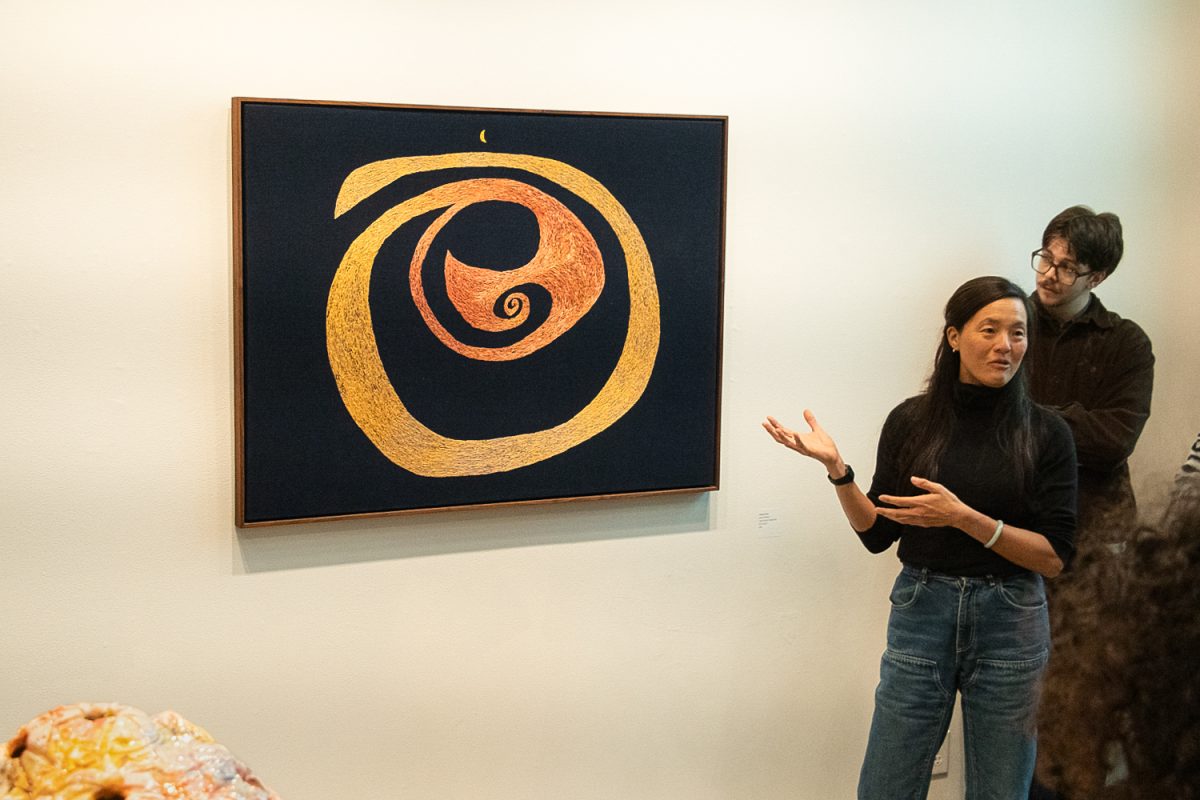
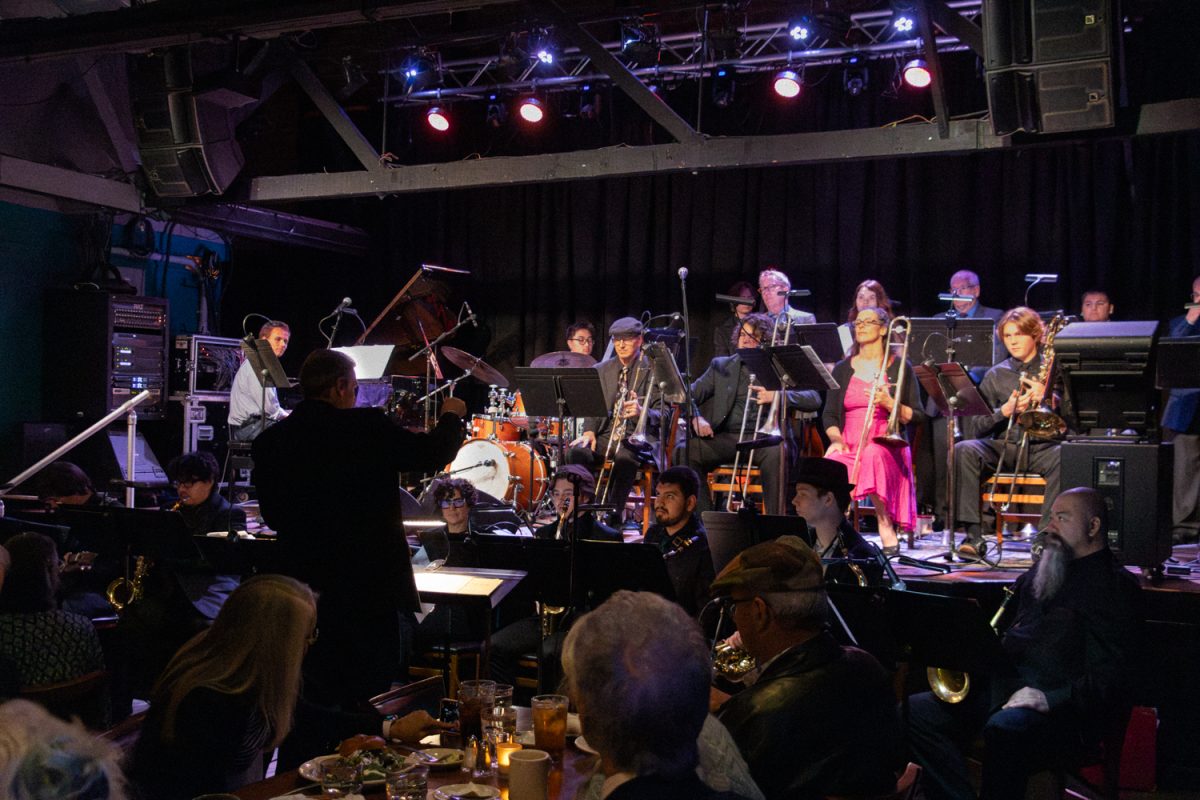

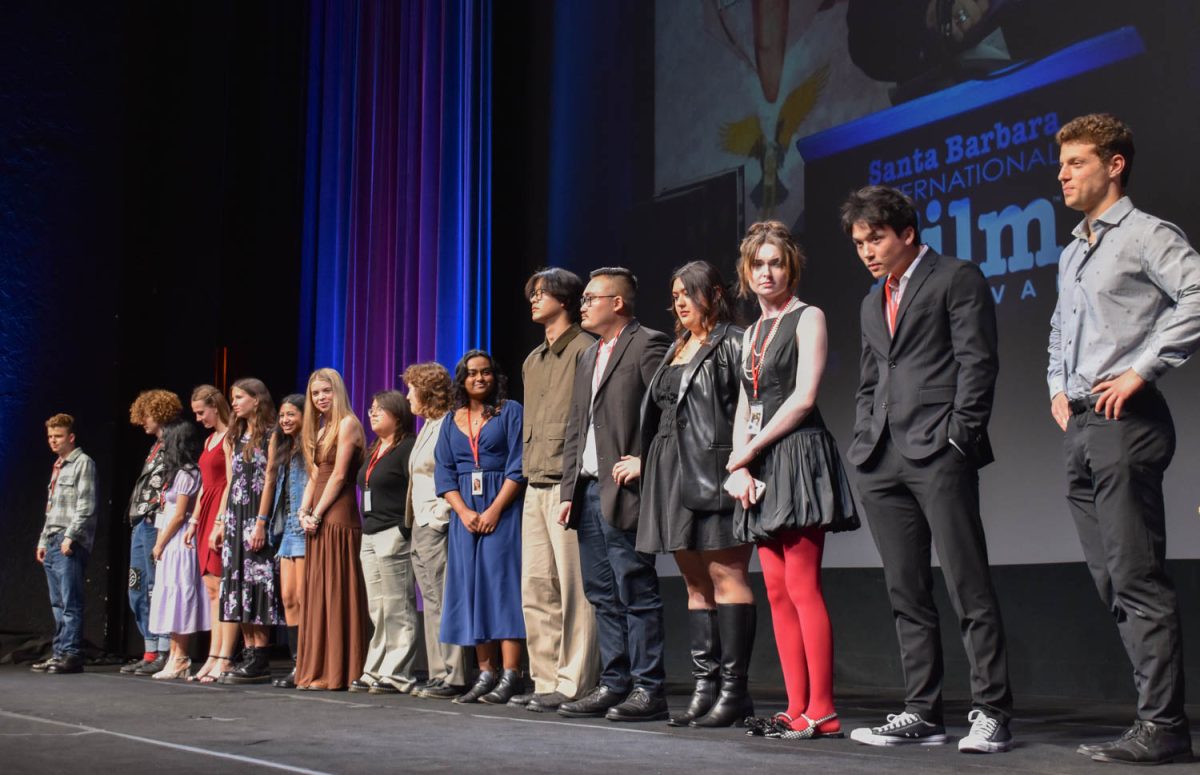

![Ken Watts uses the cable chest press machine on April 9 in Santa Barbara, Calif. "[What] people value the most in personal training is accountability," Watts said.](https://www.thechannels.org/wp-content/uploads/2025/04/MGSWatts-3-1200x800.jpg)

